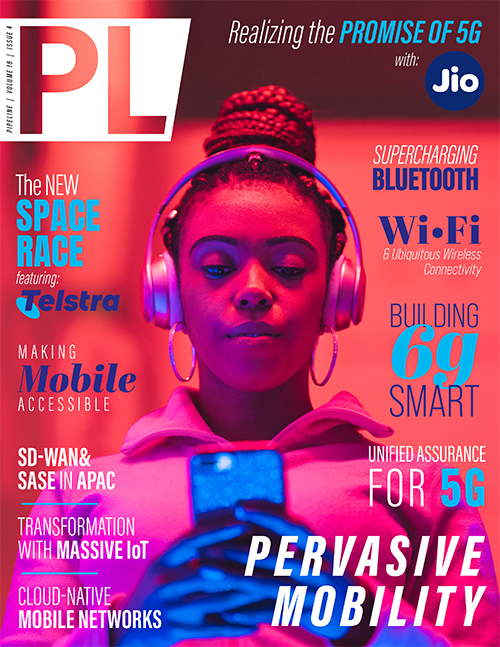Wi-Fi and Ubiquitous Wireless Connectivity
for People and Things
Demand in maritime passenger markets is expected to reach 47Gbps by 2026 according to NSR. As traffic demands surge, the number of devices per passenger per ship increases, and vessel numbers grow, value-added connectivity services are becoming a bigger selling point for the cruise market than ever before. Cruise ships are demanding hundreds of Mbps for passengers, who are often bringing more than one device onboard.
And while passengers expect bandwidth for entertainment, such as streaming video and high-speed Internet, crews on board these vessels are dependent on Internet, too. The crew and captain require more bandwidth for applications such as telemedicine, crew welfare, navigational charts, weather pattern monitoring, mechanical system monitoring, POS and inventory management, and more.
Commercial interests
It’s not just passenger vessels that are driving demand and standards. Connectivity is needed to enable greater operational agility and intelligence to cargo vessels navigating through busy shipping lanes. From factory or farm to the shelf, cargo tracking to ensure monitoring, surveying, asset management, regulatory compliance and theft protection is critical for logistics companies. Likewise, Smart Shipping, using real-time data from fleets, can provide information on tracking, route information, imagery, and monitoring to optimize journeys as well as the condition of goods in transit.
On these cargo ships, it’s also critical that crew welfare is prioritized. Crews that might be away from shore for up to six months at a time—or sadly stranded even longer in recent Covid-related scenarios—need access to connectivity for Internet entertainment, email, chat applications, and social media to stay connected with friends and loved ones.
Maximizing the role of satellite with 5G
In mobility markets, satellite is almost unchallenged as the primary deliverer of connectivity. This is understandable given its multiple inherent benefits; the remote location of maritime vessels and airplanes coupled with satellite’s near-ubiquitous coverage make it the obvious option. Yet, the “hybridization” of connectivity—choosing the optimal access network for mobility as it allows users to stay connected while moving from place to place—and 5G is the next evolution for mobility.
Satellite service providers do an excellent job stitching together different networks today. In the future, however, they will be able to offer a much wider range of services in a 5G environment. 5G is more than just the next generation of networks. It is a network of networks with standards developed to integrate different access networks, whether cellular, satellite, Wi-Fi, or others into a seamless operating environment.
Hybrid connectivity will benefit mobility users, both near shore and at sea, and from the ground to the sky, leading to great improvements in operational efficiency, quality of experience for crew and passengers, and situational awareness. The adoption of standards will also bring down the costs of equipment and service in what has traditionally been an expensive niche.
Hybrid networking
5G is a core component of network hybridization. This is the ability to intelligently switch between transport technologies, or in some cases even bond transport technologies. Not only should this deliver least-cost routing solutions, but multiple access networks will deliver a more reliable and



















